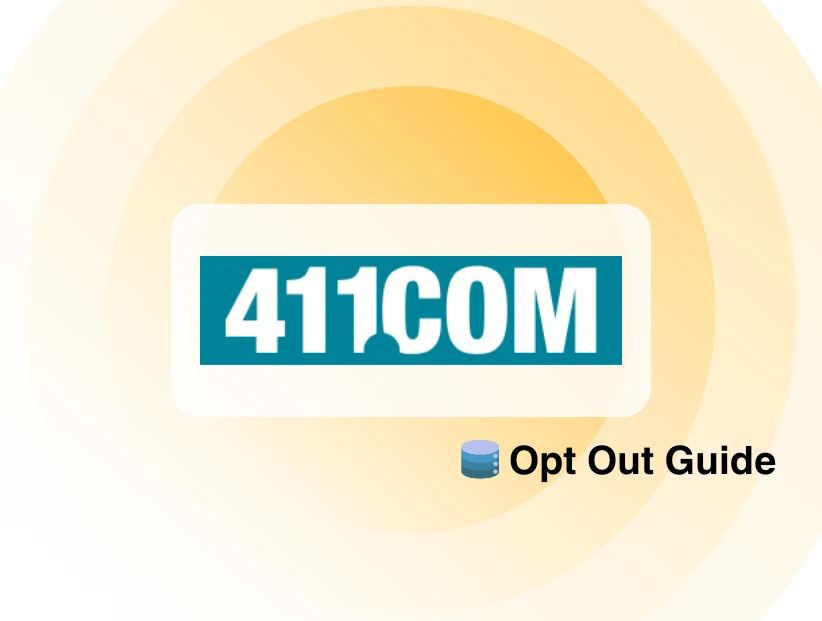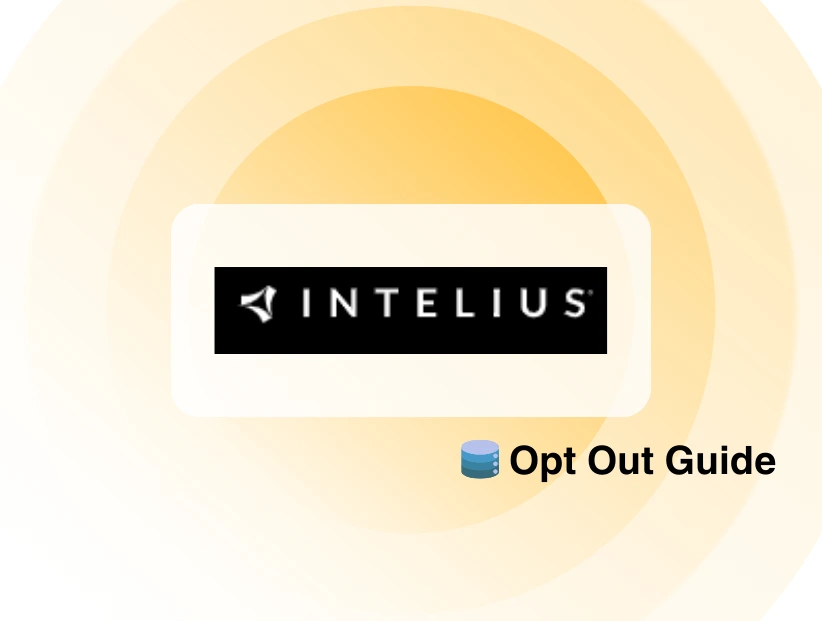Are you tired of buffering, slow download speed, and latency spikes? You might not know this but your ISP (internet service provider) throttles your connection when you are consuming too much bandwidth. This helps most ISPs prevent bandwidth exhaustion.
And if you are looking for a way to prevent ISP throttling and reduce buffering, you can follow our step-by-step guide.
What is ISP Throttling?
ISP throttling happens when your ISP slows down your internet connection without your knowledge, which results in slower internet speeds during peak usage periods. While this method may help to spread bandwidth more evenly, it can have significant effects on your online experience.
Why Do ISPs Throttle the Internet?
If you are already getting angry on your ISP for doing this without telling you this, here are some of the reasons to calm you down:
- Network congestion
- Enforcing data restrictions
- Prioritizing specific traffic
- Managing peer-to-peer traffic
How Do I Know if My Internet is Throttling?
- Fluctuating internet speeds at peak usage hours
- Excessive buffering while watching movies or playing games
- Slower internet speeds after bypassing data cap limits
Use These 5 Methods to Get Around ISP Throttling
There are always a few tricks in the bag to bypass internet throttling but not many of us are aware of it:
1. Use a VPN (Virtual Private Network)
- Subscribe to PureVPN.
- Download and install the VPN app on your device.
- Log in with your new account credentials.
- Choose a server location from the list provided by PureVPN.
2. Upgrade Your Internet Plan
Consider upgrading to a higher-tier plan with more bandwidth. This reduces the possibility of your ISP restricting your connection because you will have more bandwidth to deal with.
3. Use a Wired LAN Connection
Wired connections, such as Ethernet cables, are less prone to interference. They can offer more consistent and faster speeds than wireless connections.
4. Contact Your ISP
Inform your ISP of your concerns regarding potential throttling. Sometimes simply increasing awareness of the problem can result in better internet service.
5. Use a Smart DNS Service
While Smart DNS can help you overcome geo-restrictions and potentially enhance streaming speeds, it does not encrypt your traffic like a VPN.
How Does a VPN Prevent ISP Throttling?
A VPN hides your internet activity from your ISP by changing your IP address and switching it to a different one. This prevents your ISP from throttling your connection. As it can’t detect your real IP address and you avoid slower internet speeds.
Plus, you can even access region-locked movies, games, and TV shows with a VPN at your disposal. All you have to do is connect to a country server. It will automatically change your IP address.
Frequently Asked Questions (FAQs)
-
Is ISP throttling legal?

Some countries have strict privacy regulations, while others allow ISPs to throttle their connections only for specific reasons. The reasons include controlling network congestion or enforcing fair use policies. Discriminatory throttling, which targets specific websites or services, is sometimes illegal.
-
Can a VPN block an ISP?

A VPN can reduce your ISP's ability to monitor your internet activities. The ISP can still detect the presence of a VPN connection. But they cannot trace the specifics of what you do online.
-
How can I detect ISP throttling?

The quickest way to discover whether bandwidth limiting is occurring on your home network is to run a speed test with and without a VPN connection. A slower internet speed using a VPN connection could suggest that your ISP is limiting your internet speed.
-
How can I reset my ISP?

Here’s how you can reset your ISP:
Go to Start > Run and type cmd, then select OK.
Type ipconfig /release and press Enter.
Once the prompt reappears, write ipconfig /renew and press Enter.
Finally, write exit and hit Enter to close the window.
Wrapping Up!
ISP throttling can significantly impact your online experience. Using a VPN, changing your plan, or adjusting settings to reduce its effects can help you reduce the effects of throttling. In these ways you can enjoy a more seamless internet experience.





